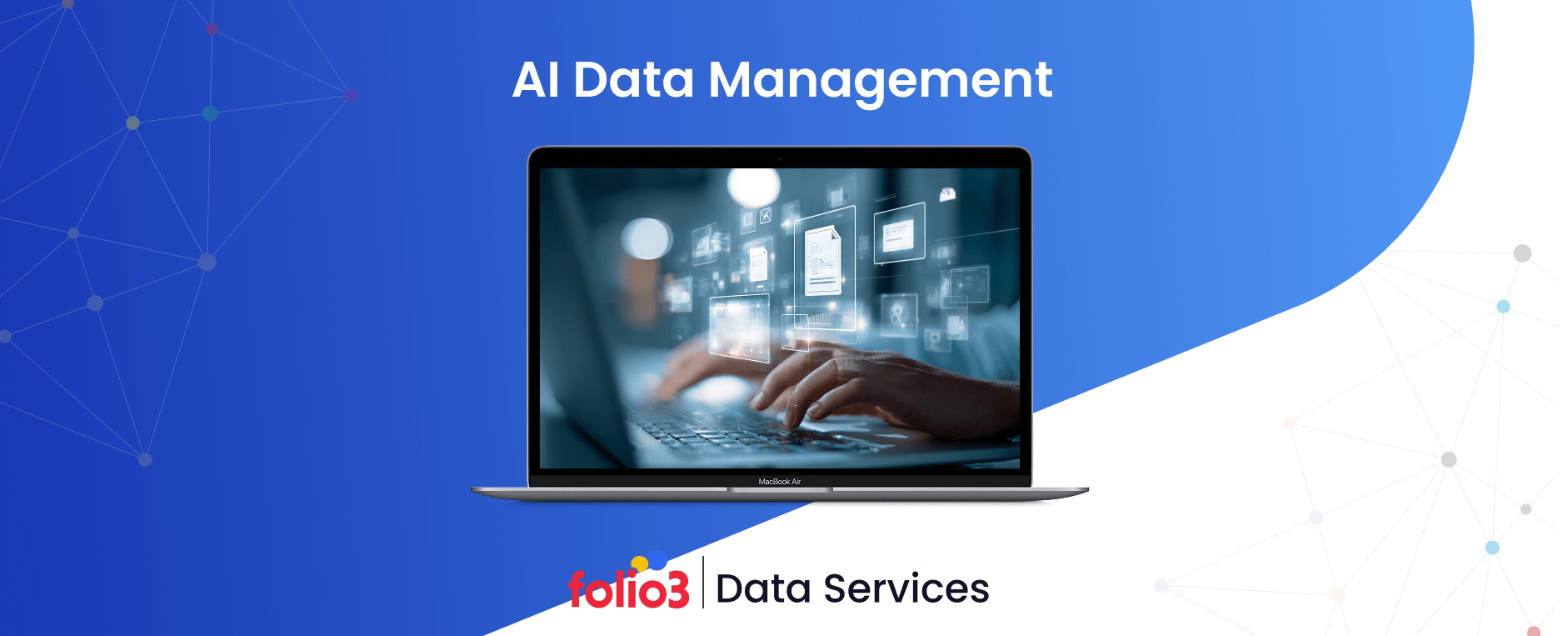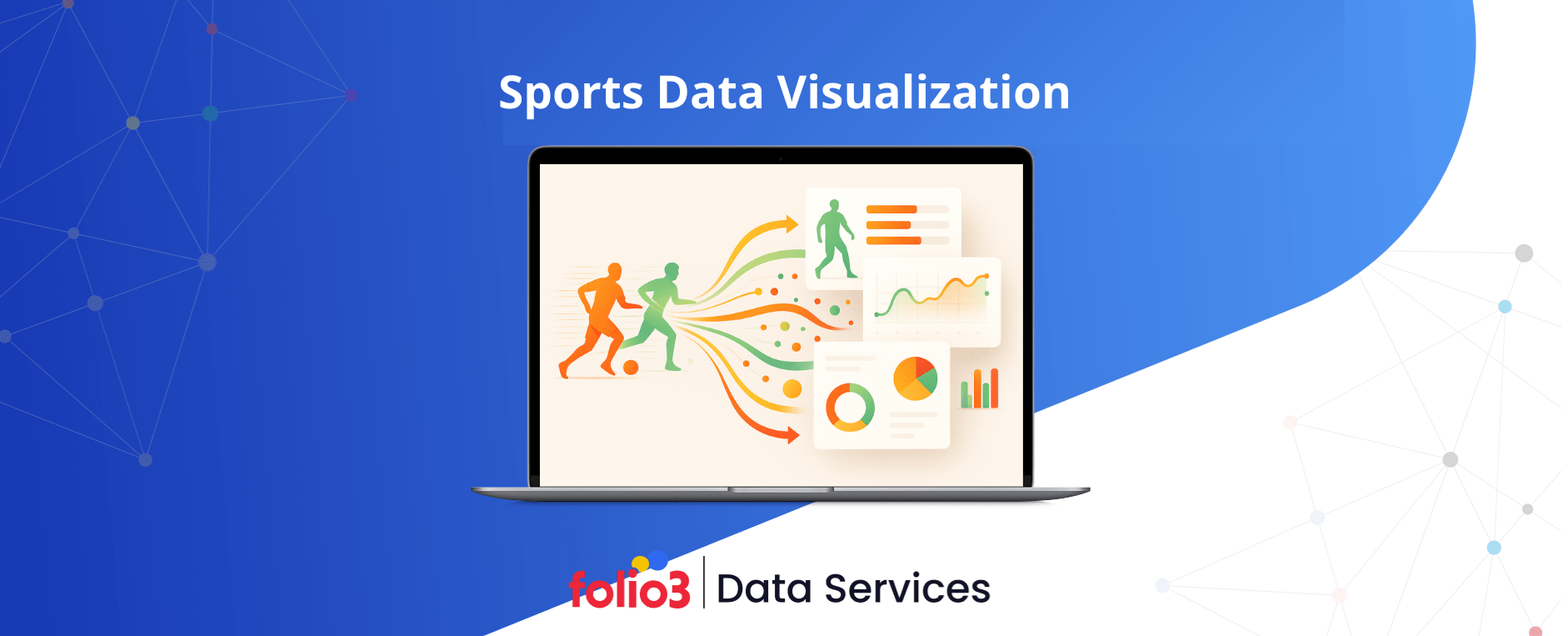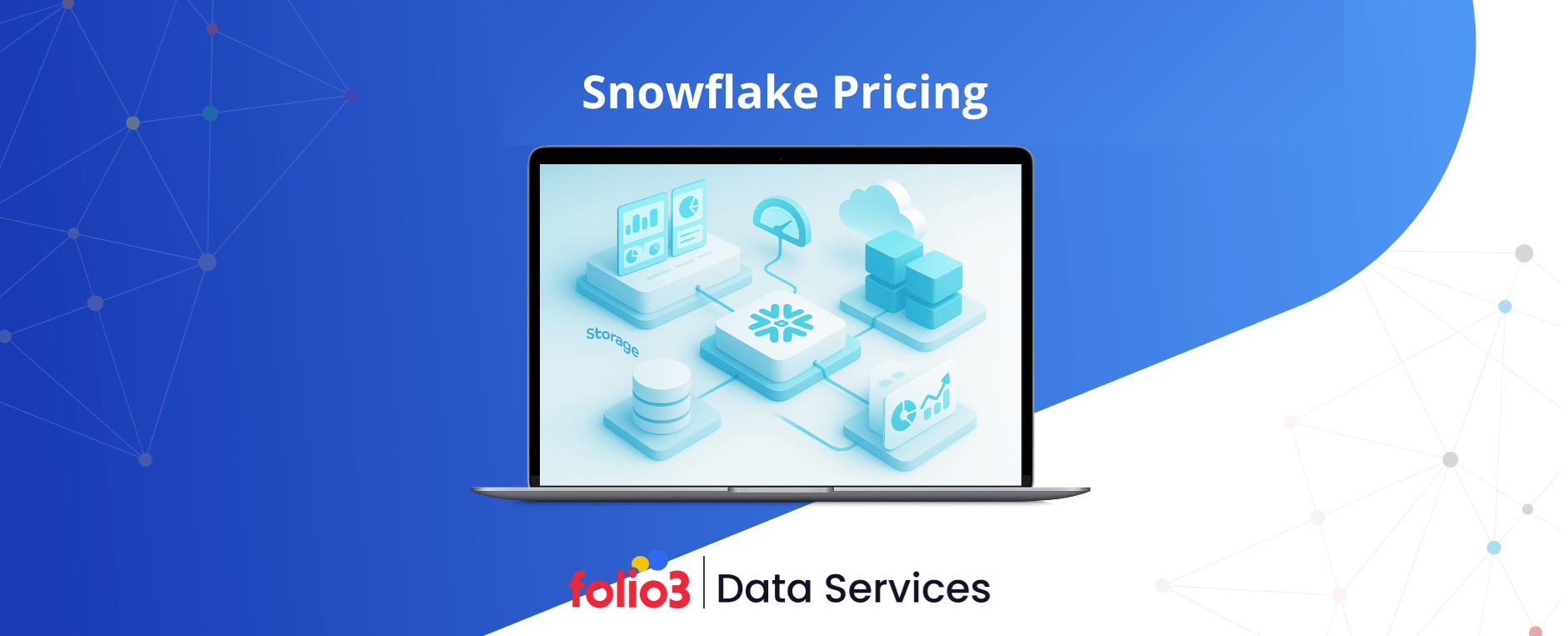Businesses are increasingly reliant on data integration techniques to manage, process, and analyze vast amounts of information. Two widely used approaches to data integration are ETL (Extract, Transform, Load) and ELT (Extract, Load, Transform).
Both serve a similar purpose enabling organizations to prepare data for analysis—but they differ in how and when data transformation occurs.
Understanding the differences between ETL and ELT is important for businesses aiming to optimize their data management processes and choose the best approach for their needs.
What is ETL (Extract, Transform, Load)?
ETL stands for Extract, Transform, Load, and it’s one of the oldest and most traditional data integration methods. In the ETL process, data is first extracted from different sources, transformed into a suitable format, and then loaded into a target data warehouse or database.
How ETL Works? – The Process Flow
- Extract: The first step in ETL is extracting data from various sources such as databases, CRM systems, ERP systems, and spreadsheets. These sources can vary in format and structure.
- Transform: Once the data is extracted, it undergoes a transformation process where it’s cleaned, filtered, and converted into the desired format. During this phase, businesses can also perform data aggregation, normalization, and validation.
- Load: After the data is transformed, it is loaded into a target data warehouse or database, where it can be used for reporting and analytics.
ETL is best suited for systems where data transformation needs to happen before loading into the target system. It provides businesses with clean, structured data, ready for analysis.
What is ELT (Extract, Load, Transform)?
ELT, which stands for Extract, Load, Transform, is a more modern approach to data integration. Unlike ETL, where transformation occurs before data is loaded into a target system, ELT pushes data into a storage system first, where it is transformed later.
How ELT Works? – The Process Flow
- Extract: Similar to ETL, the process starts with extracting data from various sources.
- Load: In the ELT process, the raw data is loaded directly into the target data warehouse or cloud storage. No transformation happens at this stage.
- Transform: Once the data is stored in the warehouse, businesses can apply transformations within the storage system itself. ELT takes advantage of the processing power of cloud-based systems like AWS, Snowflake or Google BigQuery to handle transformations.
ELT’s architecture aligns well with modern cloud platforms, offering flexibility and scalability by allowing real-time processing of large volumes of raw data.
Take full advantage of cloud platforms for data processing.
ELT works seamlessly with modern cloud infrastructure, enabling faster and more efficient data handling.
Explore flexible solutions today!
Key Differences Between ETL and ELT
When comparing ETL and ELT, several critical differences stand out, particularly in how each method handles the stages of data integration and the types of systems where they thrive. Data engineering consulting often plays a key role in helping businesses choose the right approach for their specific needs.
Process Flow – Transformation Before or After Loading
The most obvious difference is the sequence of steps. ETL transforms data before it is loaded, while ELT loads raw data first and transforms it later.
ETL’s structure is ideal for situations where the target system can’t handle large volumes of unstructured or semi-structured data. ELT, on the other hand, leverages modern storage solutions that are optimized for handling big data and can perform transformations after data is loaded.
Data Volume Handling
In traditional on-premise systems, ETL’s approach to transforming data before loading can become a bottleneck when dealing with massive datasets. ELT shines here, as modern cloud platforms used in ELT processes can easily handle vast amounts of raw data, making ELT the preferred choice for businesses dealing with high data volumes. Effective data implementation is key to leveraging the strengths of each approach.
Data Storage and Cloud Infrastructure
ETL typically operates with legacy systems that might not have the storage capacity or processing power to handle large datasets efficiently. In contrast, ELT is designed to work seamlessly with cloud-based storage platforms.
Since ELT defers transformation until after data is loaded, businesses can take advantage of the flexibility and scalability offered by cloud infrastructures like Amazon Redshift, Azure, and Google BigQuery.
Real-Time Data Processing
In real-time data environments, ELT offers significant advantages over ETL. ETL’s transformation step can slow down the data processing cycle, delaying insights. ELT’s ability to load raw data immediately into the storage system allows for near-instant access, with transformations applied as needed.
Data Latency – Impact on Data Freshness
Data latency is the delay in data processing that can have a significant impact on the quality of insights a business derives. With ETL, the transformation step adds latency since data must be cleaned and processed before loading.
ELT reduces latency by loading raw data immediately and applying transformations afterward. This makes ELT the better option for applications that demand real-time data insights.
Cost Efficiency
ETL often requires significant upfront investment in infrastructure to handle the transformation processes before loading. This can become costly, especially when dealing with large datasets.
ELT, with its cloud-native architecture, shifts much of the processing burden to cloud systems, often resulting in lower infrastructure costs. Businesses can scale their cloud usage based on their needs, making ELT more cost-efficient, particularly for growing organizations.
Reduce infrastructure costs while maintaining performance.
Shift from expensive hardware investments to scalable, cloud-native ELT solutions.
Pros and Cons of ETL
Like any data integration method, ETL has its strengths and weaknesses. While it offers reliable data transformation and is compatible with legacy systems, it also comes with limitations in terms of speed and scalability. For businesses navigating these trade-offs, engaging in data integration consulting can help determine whether ETL is the right fit or if alternative approaches offer better value. Below, we explore the key advantages and challenges of using ETL:
Strengths
- Data Accuracy: ETL is well-suited for industries with stringent data accuracy and compliance requirements, such as healthcare or finance. Transforming data before loading ensures that only clean and validated data enters the system.
- Legacy System Compatibility: ETL works well with older, on-premise systems that may not support modern data storage capabilities.
Limitations
- Time-Consuming: The transformation process in ETL can be time-consuming, especially when dealing with large volumes of data. This often results in longer processing times and delays in data availability for analysis.
- Scaling Challenges: ETL’s architecture can struggle to scale, particularly when data volumes grow beyond a certain point. Businesses need to invest in more hardware and resources to manage increasing data loads.
Pros and Cons of ELT
ELT has gained popularity with the rise of cloud computing, offering businesses greater scalability and speed for data processing. However, while it excels in handling large datasets and real-time analytics, it also presents potential challenges in terms of data quality and security. Let’s explore the benefits and drawbacks of ELT:
Strengths
- Scalability: ELT is built for the cloud, making it highly scalable. Businesses can handle massive amounts of data without worrying about storage or processing constraints.
- Speed: Since data is loaded into the system before transformation, ELT allows for faster data ingestion and access to raw data. This is particularly beneficial for real-time analytics and reporting.
- Cloud-Native Architecture: ELT takes full advantage of cloud platforms, leveraging their processing power and flexibility to handle complex transformations at scale.
Limitations
- Data Quality: ELT’s approach of loading raw data first and transforming later can result in potential data quality issues. Since raw data is immediately available, it may require more stringent post-load quality checks.
- Security Concerns: With ELT, raw data is loaded into the storage system before it’s transformed, which could expose sensitive information if proper security measures aren’t in place. Data governance is critical when using ELT to ensure data protection.
Choosing Between ETL and ELT: Which is Best for Your Business?
The choice between ETL and ELT depends largely on your business’s unique requirements. Here are a few factors to consider:
- Data Volume: If your organization deals with massive volumes of data, especially from various sources, ELT may be the better option due to its scalability and ability to handle big data in cloud environments.
- Infrastructure: Businesses with legacy systems or on-premise data warehouses may find ETL more compatible with their existing infrastructure. On the other hand, if you’re leveraging modern cloud platforms, ELT would be a more natural fit.
- Compliance and Security: If your business operates in highly regulated industries like healthcare or finance, where data must be transformed before loading to ensure compliance, ETL would be the preferred method. However, with proper data governance practices, ELT can also meet these standards.
- Business Goals: Your long-term business objectives also play a role. If real-time data processing and rapid scalability are critical, ELT is the way to go. For businesses prioritizing structured and clean data before analysis, ETL might be more appropriate.
Final Words
ETL and ELT each offer distinct advantages, depending on your business’s data integration needs. ETL provides a structured, traditional approach ideal for legacy systems and stringent compliance environments. ELT, with its cloud-native architecture, offers scalability, speed, and flexibility for businesses looking to harness the power of modern cloud platforms.
Partner with Folio3 Data Services that can help you in evaluating your data volume, infrastructure, and business goals, you can determine whether ETL or ELT is the best choice for optimizing your data management processes.





